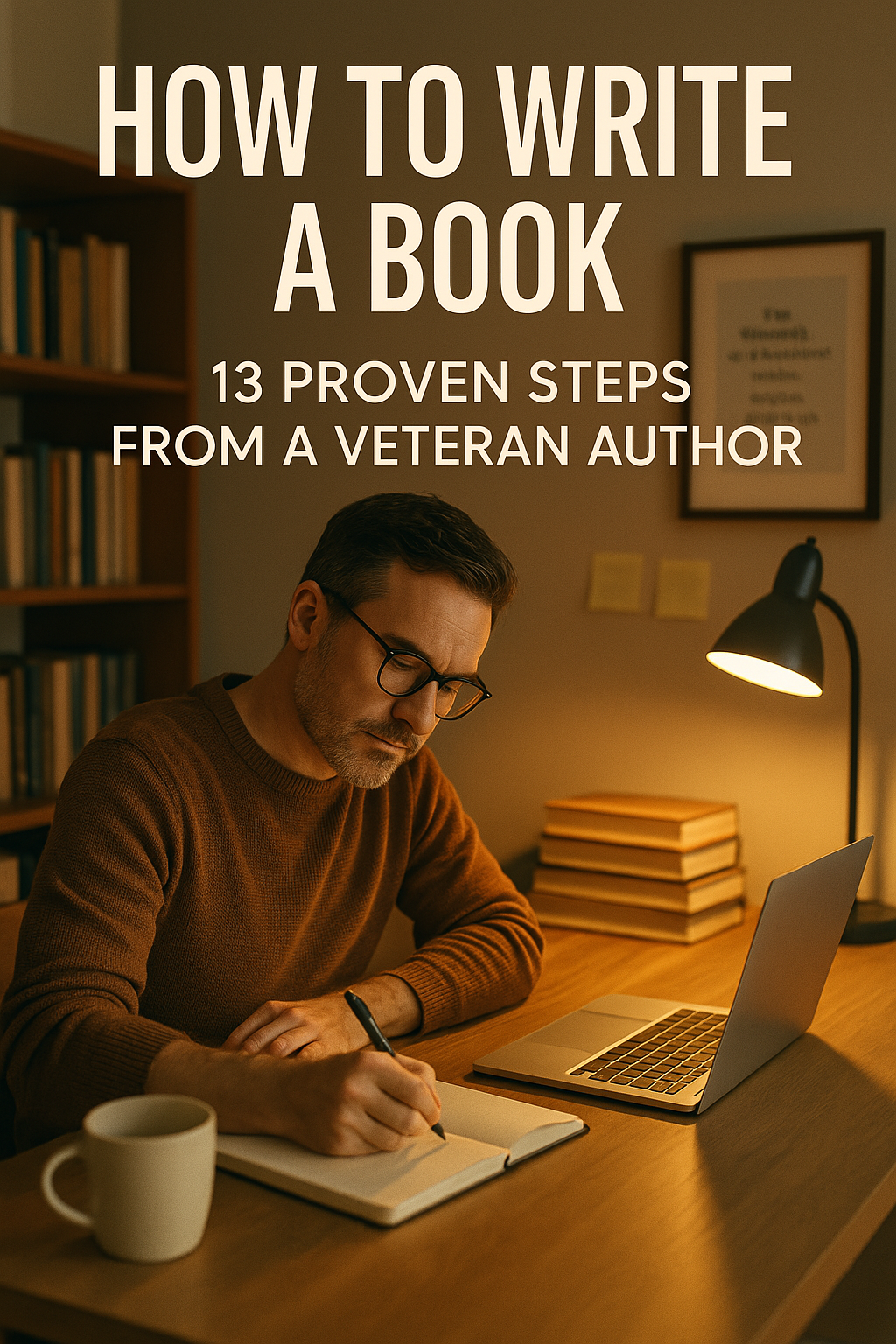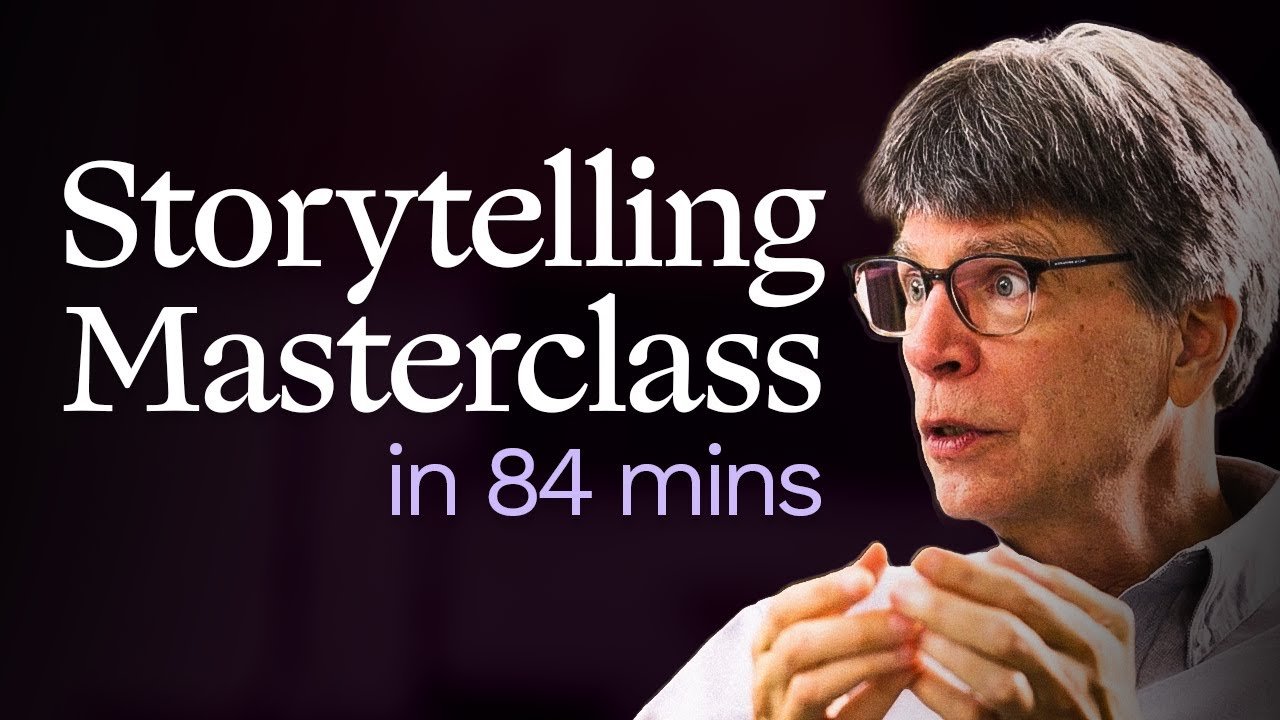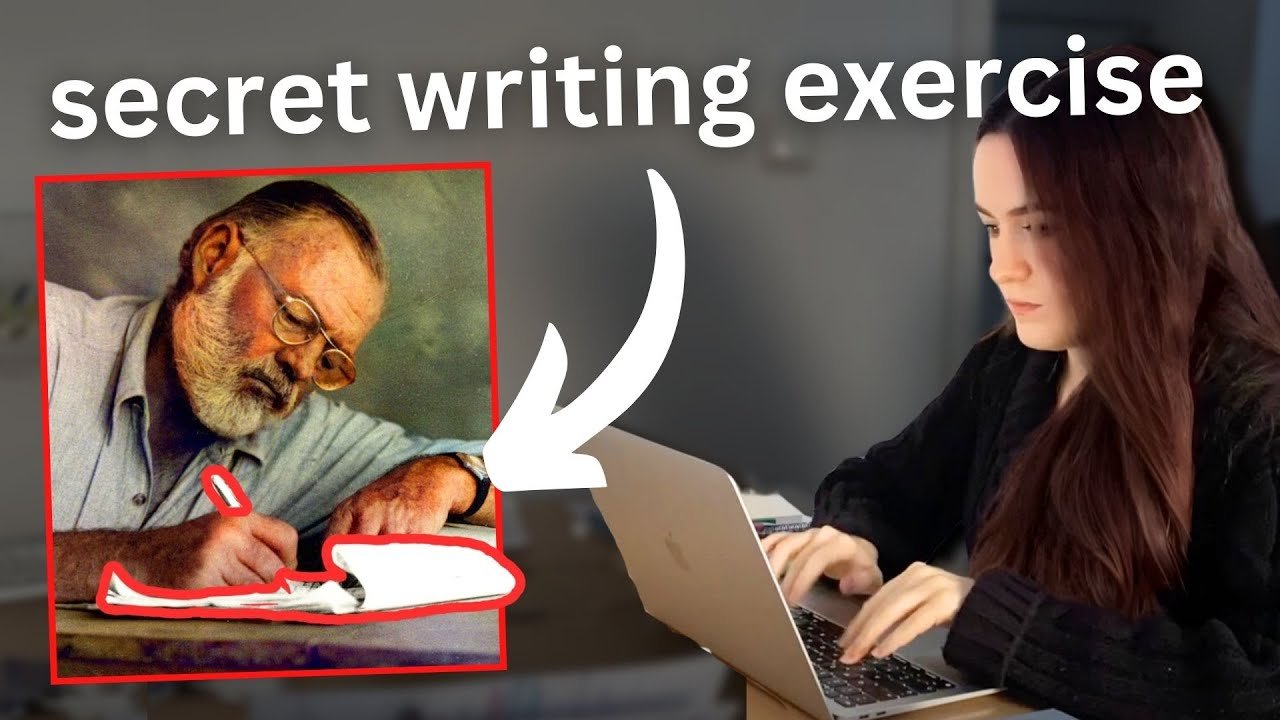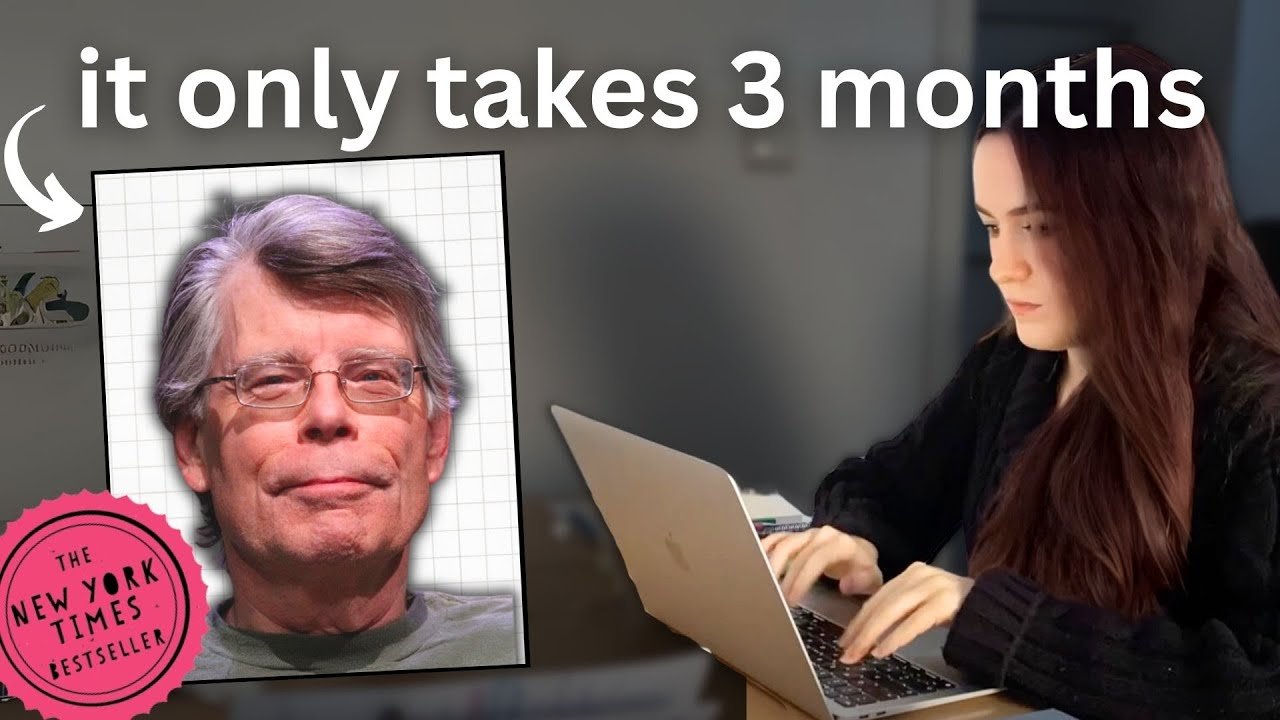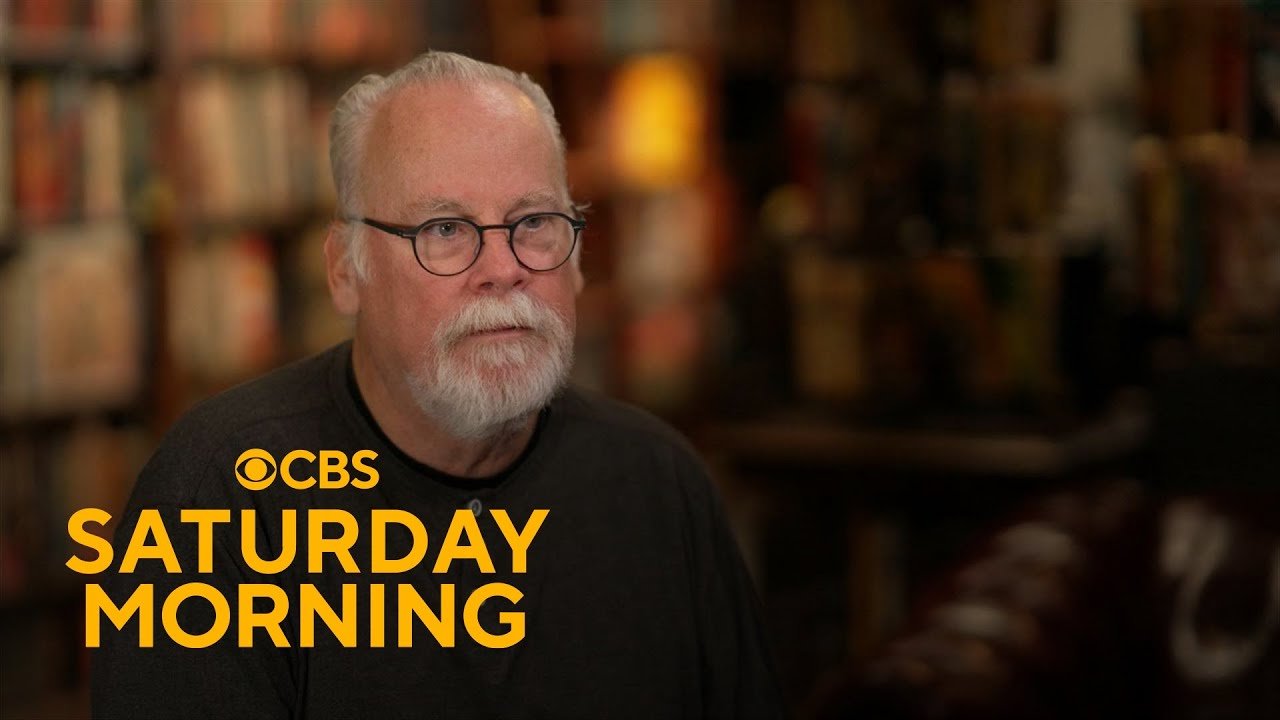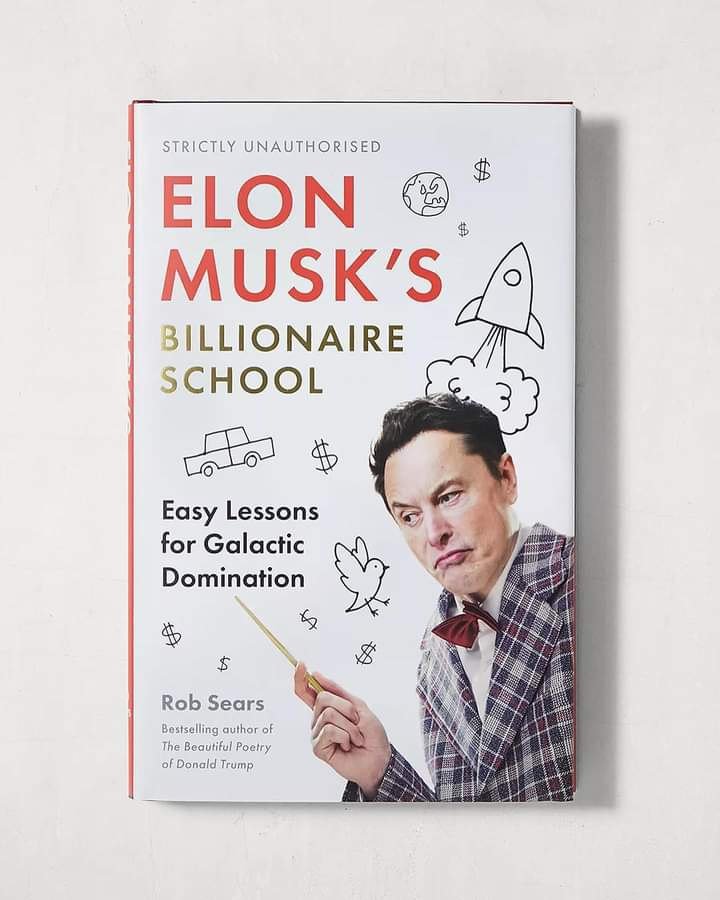Writing a book can feel overwhelming. Many people believe it’s easy or quick, but that’s not true. It takes time, effort, and a focus on quality. I’ve been writing books for over 40 years, and I’ve learned a lot along the way. Today, I want to share 13 reliable steps that build the foundation for a strong book—whether fiction or nonfiction.
Establishing Your Writing Environment
Find Your Ideal Writing Space
The first step is setting up a place where you can write without interruptions. This doesn't have to be fancy. I started by balancing a plank on kitchen chairs, sitting on a couch with a manual typewriter. No matter where you work, it needs to feel right for you. Maybe it's in a quiet corner of your house, a coffee shop, or even your car. The key is knowing what helps you focus.
Equip Yourself for Success
Next, gather the tools you'll need. For most, a reliable laptop, a comfortable chair, and basic supplies like paper clips or pens are enough. Ergonomics matter—a good chair and proper placement keep you comfortable for hours. If possible, add cushions or adjust furniture so you don’t strain your back or neck. Little things like this make a difference in your productivity.
Breaking Down the Project: From Big Idea to Small Tasks
Divide the Book into Manageable Pieces
Writing a whole book feels huge—think of it as eating an elephant one bite at a time. Break your project into small parts: sentences, paragraphs, chapters. Focus on completing one section at a time rather than stressing over the whole book. This honest approach makes it less frightening and more doable.
Maintain Momentum with Small Wins
Aim to finish sections regularly. Each small goal boosts your confidence and keeps you moving forward. Remember, consistency beats speed. After all, writing a book is a marathon, not a sprint.
Developing a Big, Market-Worthy Idea
The Power of a "Big Idea"
Your book needs to center around a huge, compelling concept. Think of classics like Harry Potter for fiction or How to Win Friends and Influence People for nonfiction. Small ideas don’t hold up in today’s crowded market. If your idea isn’t big enough, it’s hard to sustain your motivation or attract readers.
Testing Your Idea’s Strength
Tell your idea to friends or family. Watch how their eyes grow bigger or how they ask questions. Does your idea expand in conversation? If it does, it might just have what it takes to be a lasting book.
Constructing a Clear and Flexible Outline
The Role of Outlining for Different Writers
Even if you prefer to write 'by the seat of your pants,' some planning helps. Fiction writers like Stephen King use a loose outline. They figure out characters and a few key scenes but leave room for surprises. Nonfiction writers usually need a detailed outline to organize facts and points clearly.
Effective Outline Strategies
Create a synopsis that covers your main points or plot. Think of this as a roadmap. For fiction, plan the middle—many writers hit a wall there. For nonfiction, structure chapters so they build on each other and keep the reader engaged. Be flexible—your outline should guide you, not confine you.
Setting and Honoring Deadlines
Creating a Realistic Writing Schedule
Set a deadline you canactually stick to. For example, if your manuscript has 80,000 words and you want it done in four months, plan to write about 600 words daily. Adjust as needed—be kind to yourself but firm. The goal is steady progress.
Staying Committed
Use calendar reminders or color-code goals. I place daily targets on my computer. When you keep your deadlines sacred, you stand out from most writers—who often miss their goals. Ask yourself: how much are you willing to sacrifice to finish your book?
Conducting Thorough Research
The Role of Research in Nonfiction and Fiction
Research adds details that make stories believable. Whether you are writing about ancient history or modern technology, accuracy matters. It’s the seasoning that spices up your story and gives it credibility.
Balancing Research and Storytelling
Use research as support, not as the main event. In my current projects, I use history charts and detailed notes to keep facts straight. But I always remember—story comes first. The details should serve the narrative.
Crafting a Captivating Opening
The Impact of a Strong First Line
Your first sentence is your hook. Is it surprising? Dramatic? Philosophical? Think of 1984—"It was a bright cold day in April, and the clocks were striking thirteen." It grabs attention immediately. Your opening should make the reader want to know more.
Putting Reader Experience First
Every decision, from the first line to the last word, should focus on the reader. How do you want them to feel? What do you want them to think? Always aim to provide an engaging, emotional experience that keeps them turning pages.
Infusing Conflict and Tension
Why Readers Crave Conflict
Readers want to see problems, struggles, and challenges. Conflict drives stories forward. Even in nonfiction, set up promises early—what your book will solve or reveal—and make sure you deliver.
Techniques for Fiction and Nonfiction
In fiction, Create characters with opposing goals. In nonfiction, set up a problem and show how your book offers a solution. Keep your content lively—avoid monotony—and build anticipation throughout the book.
Turning Off Your Inner Editor During Drafting
The Importance of First Draft Freedom
Perfectionism can kill your progress. Don’t worry about grammar, clichés, or redundancies initially. Just focus on getting your story or ideas down. I often tell myself to "shut up" and write without judgment.
Practical Tips for Self-Editing Later
Wait a day or two before editing. Fresh eyes see issues more clearly. When you revisit your work, refine, cut, and polish—making every word count.
Navigating the Middle “Marathon”
Recognizing the Middle as the Toughest Part
The long stretch in the middle often makes writers want to give up. I’ve faced that myself, questioning why I started. The trick is to thrive during this phase, not just survive.
Maintaining Momentum
Plan multiple payoffs and cliffhangers. In my current book, I switch between time periods like 2000 BC, Vietnam, and today. This creates excitement and keeps me motivated. Remember, a strong middle can lead to a more satisfying ending.
Crafting a Resilient and Memorable Ending
The Power of a Strong Finish
Think of a Broadway play—the curtain drops with a bang. That’s how your book should end. A weak ending leaves readers disappointed; a strong, emotional conclusion leaves a lasting impression.
Tips for an Unforgettable Conclusion
Spend extra time on your ending. Make it emotional, meaningful, and worth the journey. Give readers a sense of closure, or better yet, make them eager for more.
Embracing Self-Polishing and Self-Editing
Becoming a Ferocious Self-Editor
To get published, your manuscript must shine. Be relentless in polishing it. Trim redundancies, improve flow, and sharpen your language.
Practical Editing Strategies
Use checklists or tips from experts like Jerry Jenkins. Self-edit carefully. Remember, agents and publishers decide fast—your job is to make your manuscript as good as it can be before they see it.
Final Thoughts: The Commitment to Finish
Writing a book demands discipline. The hardest part is often those middle pages. But if you keep going, follow these steps, and stay committed, you’ll get there. Every great book is born from steady effort, clear focus, and relentless perseverance.
Conclusion
Writing a book isn't easy, but it’s worth it. Use these 13 steps to guide you—start with a solid environment, develop a big idea, plan your outline, and stick to your deadlines. Research well, craft an engaging opening, and keep tension high. Turn off your inner critic, push through the middle, and finish strong. Polish until your manuscript shines. Most importantly, stay ferocious about your goal. Success is within reach if you stay disciplined and persistent. Now, go write your story—your future readers are waiting.
